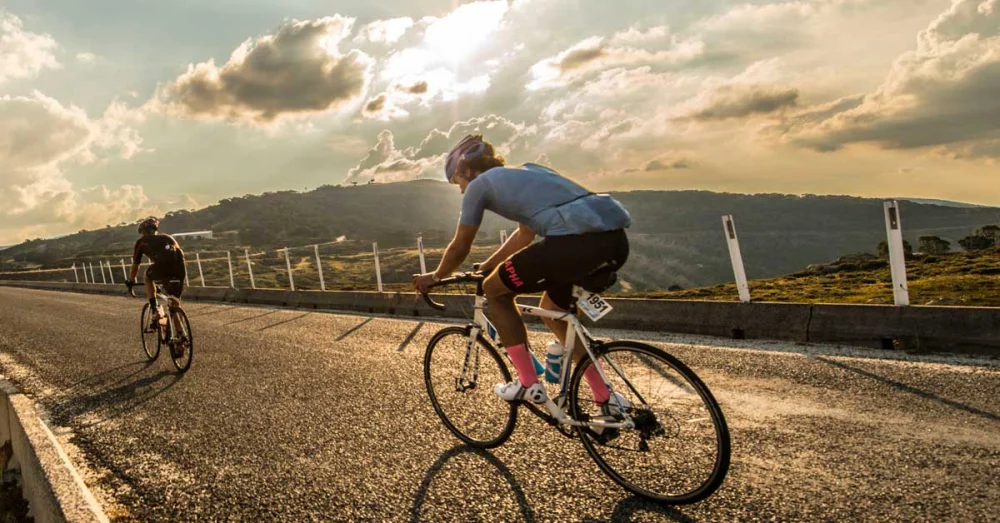
- understanding-cadence-and-its-role-in-cycling-efficiency
- how-different-cadence-affects-muscular-and-cardiovascular-effort
- why-cadence-training-improves-speed-and-endurance
- training-strategies-to-optimize-cadence
- real-life-examples-and-success-stories
- common-mistakes-and-how-to-correct-them
1. Understanding Cadence and Its Role in Cycling Efficiency
Cadence, often measured in revolutions per minute (RPM), refers to how quickly a cyclist turns the pedals. It’s a critical factor that affects power output, energy efficiency, and fatigue rate. While elite cyclists often maintain a cadence between 85–100 RPM, the ideal number varies based on fitness level, terrain, and cycling goals.
The beauty of cadence training is that it helps fine-tune the relationship between muscle usage and cardiovascular output. A well-calibrated cadence ensures your body is performing at optimal efficiency—not over-relying on strength when aerobic conditioning could do the job more sustainably.
2. How Different Cadence Affects Muscular and Cardiovascular Effort
Low cadence (e.g., 60–70 RPM) typically recruits more muscular force, especially from the quads and glutes, which can lead to quicker muscular fatigue on long rides. High cadence (90+ RPM), on the other hand, shifts effort more toward your cardiovascular system, reducing leg strain but demanding better aerobic conditioning.
Understanding this balance is essential. If you find yourself burning out on climbs, your cadence may be too low, causing muscle fatigue. If you’re spinning too fast and your heart rate skyrockets, a slightly lower cadence might give you better endurance.
3. Why Cadence Training Improves Speed and Endurance
Training your cadence doesn't just make you smoother—it makes you faster. Efficient pedaling technique translates to consistent power delivery, smoother gear transitions, and better handling on varied terrain. When you improve cadence control, you reduce wasted effort and can hold higher average speeds with less fatigue.
Cyclists who train at various cadences adapt to different race or road situations better. Whether it's accelerating out of corners or climbing efficiently, cadence-trained riders are more versatile and responsive. Many time trial specialists credit their ability to maintain high average speeds to structured cadence drills.
4. Training Strategies to Optimize Cadence
Effective cadence training involves both low and high RPM intervals. Low cadence drills (e.g., 60–70 RPM) build muscular strength and simulate climbing resistance, while high cadence drills (100+ RPM) enhance neuromuscular coordination and cardiovascular efficiency.
Here’s a sample weekly cadence training protocol:
- Monday: High cadence drills — 3 sets of 5-minute intervals at 100+ RPM with 2 minutes rest.
- Wednesday: Low cadence strength intervals — 4×5 minutes at 60 RPM in a high gear with controlled effort.
- Saturday: Mixed terrain ride focusing on gear control and spontaneous cadence shifts.
Use a cadence sensor or cycling computer to track progress. If you’re looking for gear to support your cadence training, Cycling Guider has quality cycling tech tools and trainer reviews tailored for real improvement.
5. Real-Life Examples and Success Stories
Chris Froome is a textbook example of the power of cadence optimization. Known for his unusually high RPM, he stunned audiences with his “spinning” style on mountain stages. His cadence strategy allowed him to preserve muscular endurance over long climbs, outlasting riders who relied on raw power alone.
Another story comes from amateur cyclist Sarah Mendoza, who improved her average speed by 2.5 mph over six months simply by incorporating cadence drills and switching to a compact crank. Her story, shared in a Cycling Guider community forum, demonstrates how small technical tweaks can lead to big performance gains.
6. Common Mistakes and How to Correct Them
A major mistake beginners make is trying to mimic pro-level cadence before building a base. Jumping straight to 100 RPM often leads to bouncing on the saddle, inefficient power transfer, and frustration. Instead, focus on gradually increasing RPM over weeks while maintaining control.
Another pitfall is ignoring cadence during climbs. Many riders shift to a harder gear and drop cadence, causing excessive leg strain. Use your gears smartly to maintain consistent rhythm. Practicing on moderate inclines is a good place to develop this skill.
As you refine your cadence technique, remember that efficiency—not just speed—is the ultimate goal. Visit Cycling Guider for expert-reviewed tools, cadence meters, and climbing-specific training plans to support your journey.


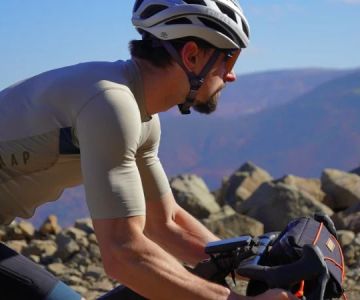
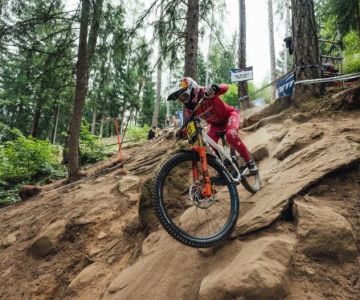

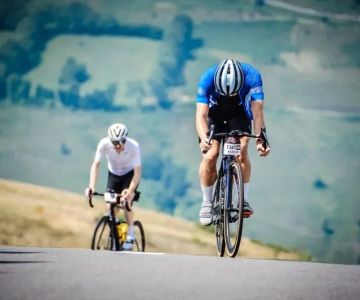
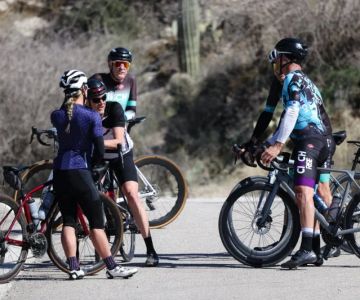
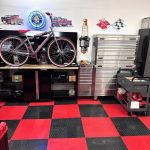 Billet BMX5.0 (2 reviews)
Billet BMX5.0 (2 reviews) Far East Children Bicycle Factory1.0 (1 reviews)
Far East Children Bicycle Factory1.0 (1 reviews) Archer Motorsports, Inc.4.0 (8 reviews)
Archer Motorsports, Inc.4.0 (8 reviews) YEP Bike Works4.0 (55 reviews)
YEP Bike Works4.0 (55 reviews) Gorham Bike & Ski4.0 (498 reviews)
Gorham Bike & Ski4.0 (498 reviews)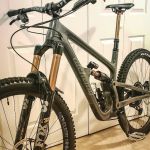 Alchemy Bikes4.0 (37 reviews)
Alchemy Bikes4.0 (37 reviews) How to Teach Kids to Ride a Bike: A Step-by-Step Guide for Parents
How to Teach Kids to Ride a Bike: A Step-by-Step Guide for Parents Tips for Riding on Busy City Streets: Smart Strategies for Urban Cyclists
Tips for Riding on Busy City Streets: Smart Strategies for Urban Cyclists Best US National Parks for Mountain Biking: Ride Epic Trails Across America
Best US National Parks for Mountain Biking: Ride Epic Trails Across America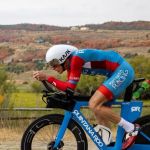 Best Aero Helmets for Time Trials and Racing
Best Aero Helmets for Time Trials and Racing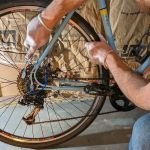 How to Clean and Lubricate Your Bike Chain Like a Pro
How to Clean and Lubricate Your Bike Chain Like a Pro 10 Must-Have Items for Long-Distance Cycling Trips
10 Must-Have Items for Long-Distance Cycling Trips